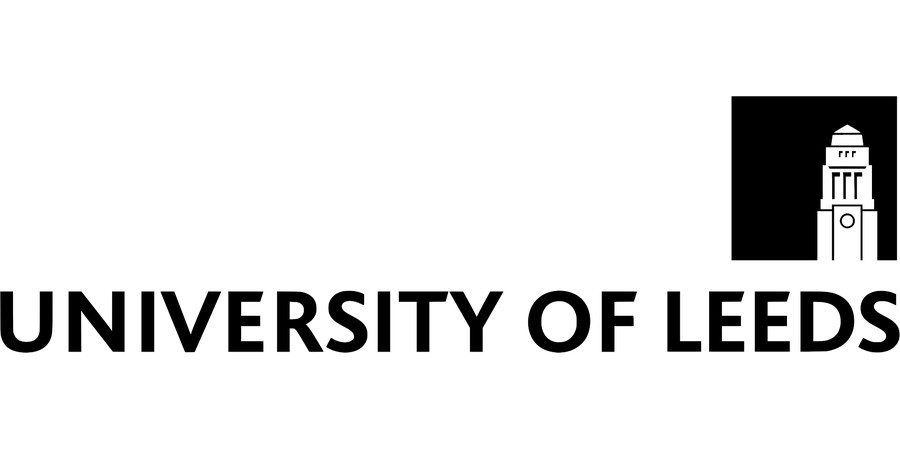PhD Studentship: Towards Real-Time Digital Volume Correlation for Imaging Applications
University of Leeds - Computer Science
| Qualification Type: | PhD |
|---|---|
| Location: | Leeds |
| Funding for: | UK Students |
| Funding amount: | £19,237 per year for 3.5 years |
| Hours: | Full Time |
| Placed On: | 28th November 2024 |
|---|---|
| Closes: | 28th February 2025 |
Project Link via the 'Apply' button above.
Number of Positions: 1
School/Faculty: Computer Science
Closing Date: 28 February 2025
Eligibility: UK Only
Funding: School of Computer Science studentship consisting of the award of fees, together with a tax-free maintenance grant of £19,237 per year for 3.5 years.
Lead Supervisor’s full name & email address
Dr Timon S Gutleb: t.s.gutleb@leeds.ac.uk
Project summary
Many important applications in materials science and medical imaging rely on high detail image slices / scans which are compared across time (e.g. via micro x-ray CT). The technology to compare such series of images is called digital image correlation and for two-dimensional image slices best practices for fast and accurate image comparisons are, while subtle, well established and allow one to e.g. detect stresses in slices of materials or anomalous changes in a medical context.
The three-dimensional equivalent is known as digital volume correlation and is far less developed. Many aspects that only slightly slow down 2D image correlation software make certain naïve 3D algorithms computationally unfeasible.
The issue is amplified further by the existing software landscape, which consists primarily of disjoint and non interoperable scripts which do not allow engineers to interact with or constrain the model's background assumptions without digging into the code itself and thus often scale poorly to highly performance sensitive applications.
The goal of this research project is to develop a software suite designed in collaboration with scientists and engineers active in materials science micro x-ray CT which allows a user-friendly choice of model (local vs. global), efficient processing of multi-sequence images as well as setting physical constraints (e.g. incompressibility or known fixed points in the setup) and does so in a performant manner. The project will initially require becoming familiar with and implementing existing state-of-the-art algorithms such as ALDVC and developing the mathematical and software framework to go beyond them. Some initial experience with performant languages such as Julia, C or Rust are desirable but this can also be acquired as part of the project.
Please state your entry requirements plus any necessary or desired background
A first class or an upper second class British Bachelors Honours degree (or equivalent) in an appropriate discipline.
Subject Area
Software engineering, applied mathematics, computer science & IT, AI & machine learning
Keywords
3D imaging, applied mathematics, scientific computation, software engineering
Advert information
Type / Role:
Subject Area(s):
Location(s):









